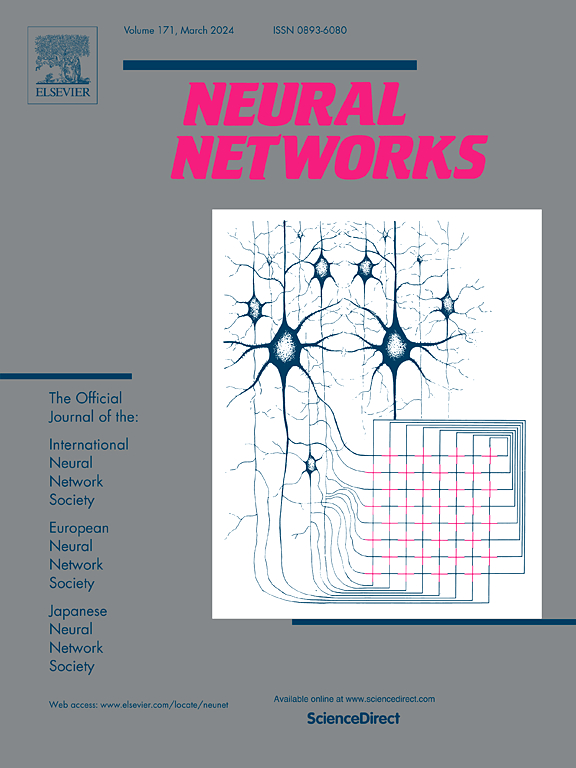Intervening on few-shot object detection based on the front-door criterion
IF 6
1区 计算机科学
Q1 COMPUTER SCIENCE, ARTIFICIAL INTELLIGENCE
引用次数: 0
Abstract
Most few-shot object detection methods aim to utilize the learned generalizable knowledge from base categories to identify instances of novel categories. The fundamental assumption of these approaches is that the model can acquire sufficient transferable knowledge through the learning of base categories. However, our motivating experiments reveal a phenomenon that the model is overfitted to the data of base categories. To discuss the impact of this phenomenon on detection from a causal perspective, we develop a Structural Causal Model involving two key variables, causal generative factors and spurious generative factors. Both variables are derived from the base categories. Generative factors are latent variables or features that are used to control image generation. Causal generative factors are general generative factors that directly influence the generation process, while spurious generative factors are specific to certain categories, specifically the base categories in the problem we are analyzing. We recognize that the essence of the few-shot object detection methods lies in modeling the statistic dependence between novel object instances and their corresponding categories determined by the causal generative factors, while the set of spurious generative factors serves as a confounder in the modeling process. To mitigate the misleading impact of the spurious generative factors, we propose the Front-door Regulator guided by the front-door criterion. Front-door Regulator consists of two plug-and-play regularization terms, namely Semantic Grouping and Semantic Decoupling. We substantiate the effectiveness of our proposed method through experiments conducted on multiple benchmark datasets.
求助全文
约1分钟内获得全文
求助全文
来源期刊

Neural Networks
工程技术-计算机:人工智能
CiteScore
13.90
自引率
7.70%
发文量
425
审稿时长
67 days
期刊介绍:
Neural Networks is a platform that aims to foster an international community of scholars and practitioners interested in neural networks, deep learning, and other approaches to artificial intelligence and machine learning. Our journal invites submissions covering various aspects of neural networks research, from computational neuroscience and cognitive modeling to mathematical analyses and engineering applications. By providing a forum for interdisciplinary discussions between biology and technology, we aim to encourage the development of biologically-inspired artificial intelligence.
 求助内容:
求助内容: 应助结果提醒方式:
应助结果提醒方式:


